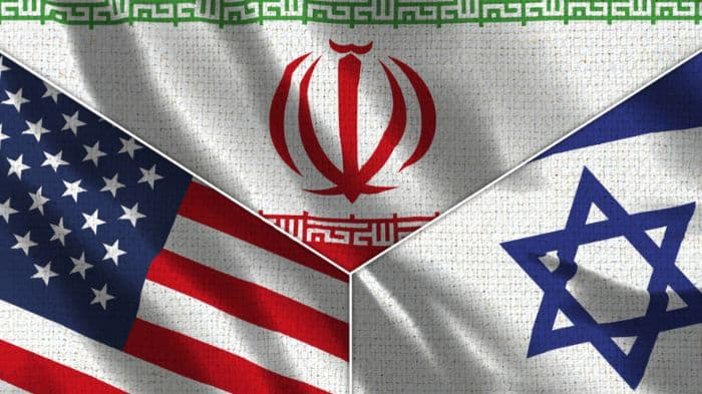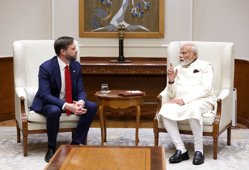
Iran’s Missile Power Diminished, Experts Warn
Iran threatens years of missile strikes, but intelligence shows its arsenal severely weakened after Israeli attacks.
Iran’s Boasts Meet Reality After Heavy Losses
Amid a tense ceasefire, Iranian leaders continue to warn that the nation retains the ability to launch sustained missile attacks on both Israel and the United States. Military officials in Tehran claim they can carry out daily strikes for up to two years, citing massive reserves of missiles and underground bases as evidence of readiness.
“Our armed forces are at the height of their readiness,” declared Major General Ebrahim Jabbari of the Islamic Revolutionary Guard Corps, emphasizing the supposed depth of Iran’s missile warehouses and facilities. Senior advisor Maj. Gen. Yahya Rahim Safavi added that some Iranian forces had yet to join the conflict, insisting, “So far, we have produced several thousand missiles and drones, and their place is secure.”
However, Western intelligence assessments paint a starkly different picture. At the onset of the recent conflict, Iran reportedly possessed about 3,000 missiles and up to 600 launchers. Following a punishing campaign by Israel — dubbed the “12-Day War” — and subsequent US strikes, Iran’s arsenal is estimated to have fallen to between 1,000 and 1,500 missiles and as few as 150 to 200 launchers.
“The regime has increasingly been forced to choose between using or losing these projectiles as Israel targeted missile launchers,” explained Behnam Ben Taleblu, an Iran expert at the Foundation for Defense of Democracies. The strikes not only depleted Iran’s arsenal, but also severely damaged its production capabilities, making replenishment an uphill battle.
Limits on Sustained Missile Attacks
Danny Citrinowicz, a senior analyst at the Institute for National Security Studies, noted that Israel targeted nearly every site in Iran where missiles are produced, greatly hindering the country’s ability to recover lost capabilities. While Iran can still target Israel with missiles, Citrinowicz said, “not in the hundreds.” He added that Iran’s ability to strike the US directly is largely theoretical, relying on limited regional assets and cooperation with countries like Venezuela, which may not welcome such escalation.
Analyst Can Kasapoglu of the Hudson Institute highlighted that Israel’s campaign extended beyond missile factories to include Iran’s nuclear program and advanced weapons development. Although the exact damage to Iran’s nuclear infrastructure remains uncertain, experts agree the program has been set back for years. Iran still holds a deeper “magazine” of missiles compared to Israel, but its operational capacity for large-scale, sustained attacks has been sharply reduced.
Despite setbacks, Iran demonstrated during the conflict that it remains the Middle East’s largest ballistic missile power. Iranian missiles penetrated Israeli airspace even under heavy interception efforts by US and Israeli forces, and solid-propellant, medium-range missiles capable of evasive maneuvers remain in Iran’s arsenal. Yet, experts agree that Iran’s threat to sustain daily large-scale attacks over two years is now largely bluster.
Proxy Threats and External Support
The threat landscape extends beyond Iran’s borders, as proxy groups — particularly the Houthis in Yemen — continue to pose significant risks. Recent intelligence suggests Chinese satellite companies are providing real-time targeting data to the Houthis, who have resumed attacks on maritime targets in the Red Sea. Advanced satellite and missile capabilities could further destabilize regional shipping and widen the conflict.
“Iran still has significant asymmetric capabilities in the maritime domain and a robust transnational terrorist apparatus, but deploying these would likely invite even greater retaliation,” said Taleblu. As the US-brokered ceasefire holds, Iran’s leadership maintains a posture of defiance, but the ability to deliver on threats appears significantly constrained.
For now, Iran remains a formidable player in the region, but the combination of battlefield losses, impaired production, and international scrutiny means its capacity to launch prolonged, high-volume missile campaigns has been meaningfully curtailed. Experts warn that while vigilance is warranted, Tehran’s rhetoric may currently outpace its real-world firepower.






